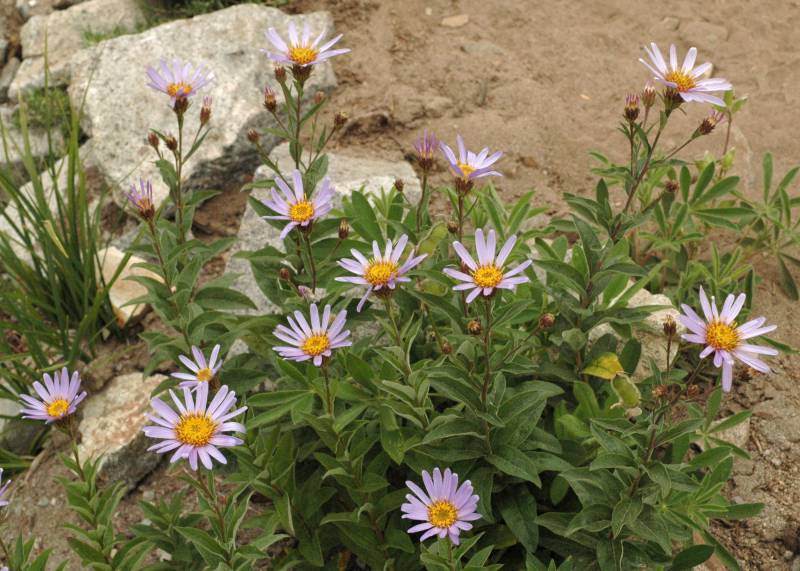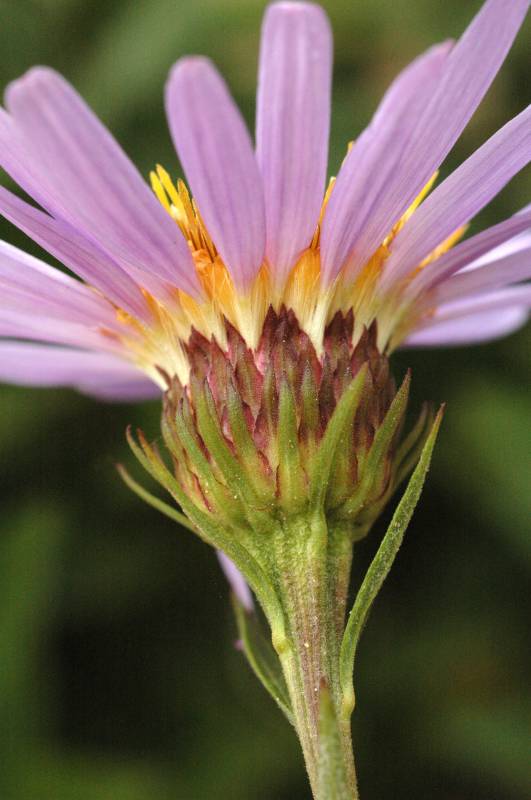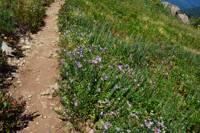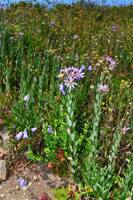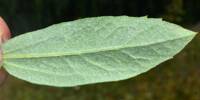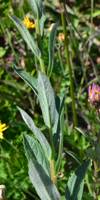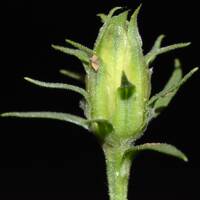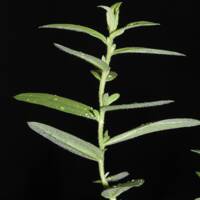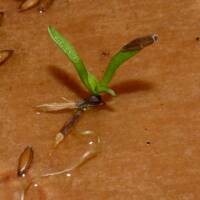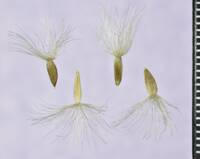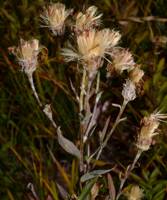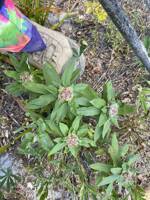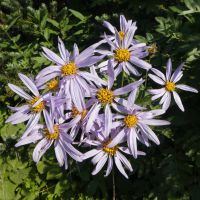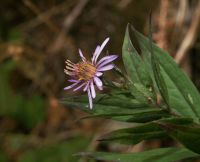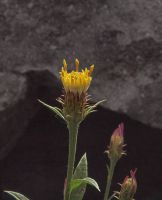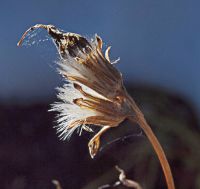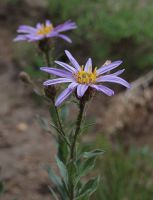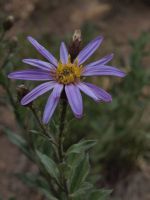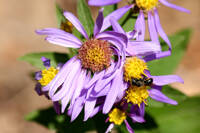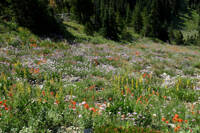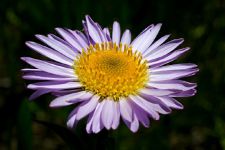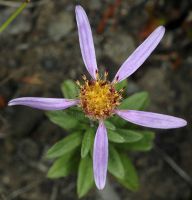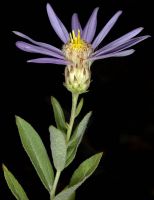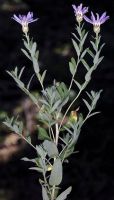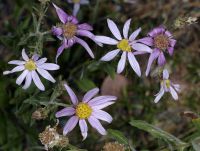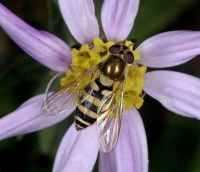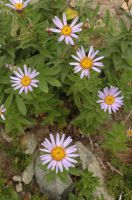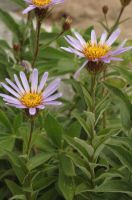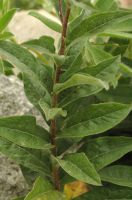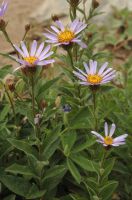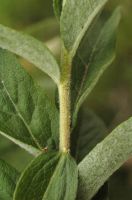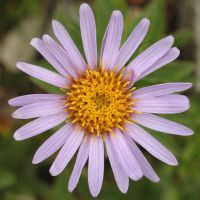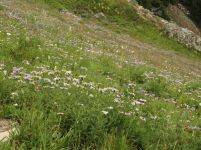Distribution: Occurring chiefly west of the Cascades crest in Washington; northern Washington to California.
Habitat: Meadows and open woods, from middle elevations in the mountains to the subalpine.
Flowers: July-September
Origin: Native
Growth Duration: Perennial
Conservation Status: Not of concern
Pollination: Bees, flies, butterflies
Perennial from a stout, short, woody base, 3-6 dm. tall.
Lowermost leaves reduced and scale-like, the others numerous and nearly alike, narrowly lanceolate to elliptic, sessile, entire or with a few irregular sharp teeth, 3-7 cm. long and 5-20 mm. wide, glabrous above and densely gray-woolly beneath.
Heads usually several; involucre 7-12 mm. high, its bracts imbricate, narrow, sharp-pointed, with a strong mid-vein, papery below and greenish or purplish above; rays 12-20 mm. long, lavender-purple; pappus of capillary bristles with a few shorter outer ones.
Achenes hairy toward the tip.
Publication: Pittonia. 3: 55. 1896.
Doellingeria ledophylla (A.Gray) Semple, Brouillet & G.A.Allen
-
var. ledophyllus – Cascade aster
 Occurring chiefly west of the Cascades crest in Washington; northern Washington to California.
Occurring chiefly west of the Cascades crest in Washington; northern Washington to California.
PNW Herbaria: Specimen records of Eucephalus ledophyllus in the Consortium of Pacific Northwest Herbaria database
WA Flora Checklist: Eucephalus ledophyllus checklist entry
OregonFlora: Eucephalus ledophyllus information
E-Flora BC: Eucephalus ledophyllus atlas page
CalPhotos: Eucephalus ledophyllus photos


